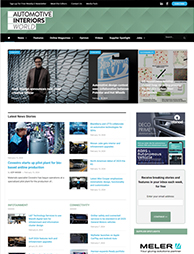
VIRTUAL CONFERENCE
GAIN UNPRECEDENTED EXPOSURE TO THE
GLOBAL AUTOMOTIVE INTERIORS EXPO DESIGN, CONCEPTS AND TECHNOLOGIES INDUSTRY
This event has now taken place, dates for future events to be announced soon!
BOOK AN ON DEMAND PASS
EXISTING USER LOGIN
 Bettina Leuchtenberg
Bettina Leuchtenberg Andreas Brüninghaus
Andreas Brüninghaus Francesca Perona
Francesca Perona Dr Eva García-Lecina
Dr Eva García-Lecina Jörg Stierand
Jörg Stierand Dr Frederik Diederichs
Dr Frederik Diederichs Dr Eike Schmidt
Dr Eike Schmidt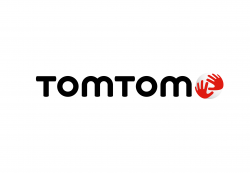 Paul Schouten
Paul Schouten Friedrich Niehaus
Friedrich Niehaus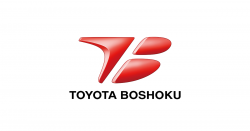 Richard Chung
Richard Chung Cristián Acevedo
Cristián Acevedo Prof Frank Flemisch
Prof Frank Flemisch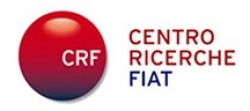 Dr Nello Li Pira
Dr Nello Li Pira Dr Heather Nelson
Dr Heather Nelson Maria Alm
Maria Alm